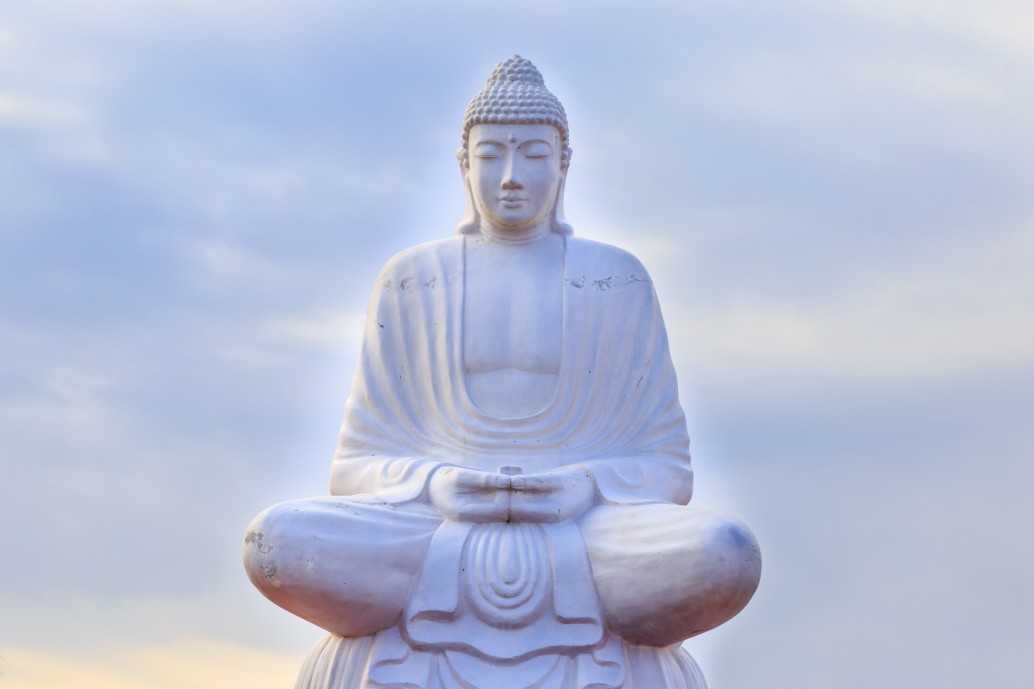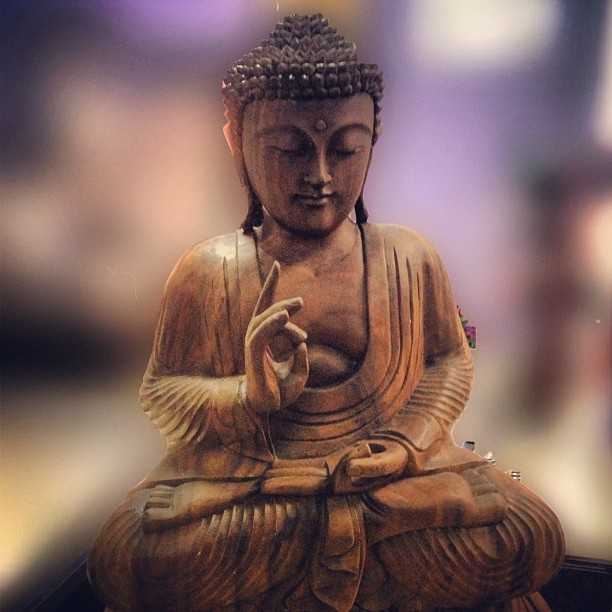Facts
The religion of Buddhism was founded in India approximately 2,500 years ago.
Buddhism follows a variety of practices, beliefs and traditions based upon the teachings of Buddha
Buddha’s real name was Siddhartha Gautama.
Buddha had only one son named Rahula
Buddha is also known as ‘the enlightened one’ or ‘the awakened one’.
Approximately 500 million people around the world practice Buddhism
Buddhism is the fourth largest religion in the world.
Buddha was born in Lumbini in about 563 BC.
Buddha lived to the age of 80.
Buddha died in Kushinagar, India in 483 BC.
Buddhism is popular throughout China, Southeast Asia and Japan
The main Buddhist divisions include Theravada, Mahayana, and Vajrayana.
Unlike many other religions, there is no central text in Buddhism.
The Buddha’s teachings are also referred to as the dhamma, which means doctrine, truth, or law.
The Buddha is sometimes symbolized as an umbrella.

Buddhists do not believe in an essential soul or self.
In Buddhism, there is no devil.
The largest seated Buddha in the world was carved out of the rock face of Lingyun Hill in Leshan, China.
The statue stands about 230 feet tall.
According to Buddhism, anyone can be a buddha, after they successfully attain enlightenment.
The main Buddhist divisions include Theravada, Mahayana, and Vajrayana.
Mahayana Buddhism is believed to be the largest, with Theravada Buddhism and Vajrayana coming in second and third.
The lotus is an important symbol in Buddhism.
Some Buddhist teachings use meditation, rituals, devotions or combinations of these.
A Buddha is not a god but a teacher.
A Buddhist temple is a Vihara.
Buddhists go to temple when they can, not at any specific time of day.
In Buddhism, the most important concept is to let go of the past and future to focus on the moment.
Guan Yin is an important Buddhist goddess.
Approximately 1 in 7 Asian Americans are Buddhist.
About four million Americans now practice Buddhism
The Four Noble Truths of Buddhism are : 1) existence is suffering, 2) the cause of suffering is craving and attachment, 3) suffering stops at some point and turns into Nirvana, and 4) the path to Nirvana consists of eight steps, which is called the Eightfold Path.
The Eightfold Path to Nirvana is to be moderate in 8 areas: 1) concentration, 2) views, 3) speech, 4) resolve, 5) action, 6) livelihood, 7) effort, and 8) mindfulness.

